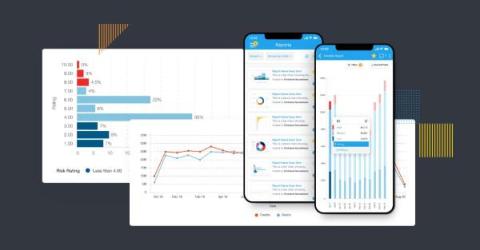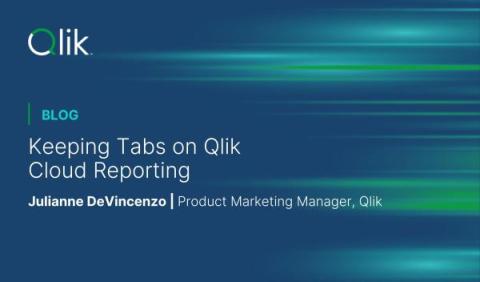Why a Solid Data Foundation Is the Key to Successful Gen AI
Think back just a few years ago when most enterprises were either planning or just getting started on their cloud journeys. The pandemic hit and, virtually overnight, the need to radically change ways of working pushed those cloud journeys into overdrive. Cost-effective adaptability was essential. And the companies that could scale up or scale down quickly were the ones that navigated the pandemic successfully. Migrating to the cloud made that possible.










